Updated: May 28, 2024- 11 min read
So you want to build a digital product? History tells us that to create a successful product, you need to build it for someone. A product with no customers is like a floppy disk in the 21st century…useless. That’s why good Product Managers need to know how to create a product persona, to keep development teams customer-focused.
Being customer-focused (or customer-oriented), helps us to build better products for one very simple reason: it helps our product to really solve a problem or fill a need.
When you start building a product with no target user in mind, you can’t be sure that anyone is going to want it, or that you won’t have to make some serious iterations down the line to make it work better. It will be consigned in the annals of history as a failed product with no product-market fit, along with New Coke and the Zune.
So let's get customer-focused and learn how to create a product persona!
Free User Persona Template
Get to know your users to build the right solution for the right audience.
Get Yours Now
What Is a Persona?
Product personas are descriptions of fictitious characters reflecting the values, behaviors, and characteristics of a product’s ideal user. Teams use Personas to align around specific user types for development.
Having qualitative information about potential users helps drive decision-making and guides team members when considering different options.
The concept of the User Persona was created by Alan Cooper, a noted software developer, in 1983. He devised a prototype of what the Persona would become based on informal interviews with seven to eight users.
Product designers Rikke Friis Dam and Teo Yu Siang define product personas as:
Fictional characters, which you create based upon your research to represent the different user types that might use your service, product, site, or brand in a similar way.
You can think of a product persona as a character study of your target customer. It helps us to imagine our target audience as real people, and visualize how our product will fit into their real life. You can include all kinds of information and get as deep as you like when building your initial personas. For example:
Name
Age/generation
Location
Likes and dislikes
Hobbies
Aspirations
Pain points
Experience
Education
Favorite brands
Leaders they follow
It’s a key component of UX design, and helps to influence design decisions, making sure that your product works for a real user and doesn’t just look good! Going beyond UX, a good set of personas can influence decisions at all levels and across all aspects of development.
As for the product persona document itself, you can really let your imagination run wild. There’s not really a wrong way to create a user persona document, it depends entirely on the personality of your team and your brand.
To show you how easy it can be, we made these mock-up user personas using a tool like Canva in under 20 minutes, by repurposing existing templates.

They’re mostly used internally, so adding a pop of color and some images can make them more engaging content for meetings, but you can always opt for a plain black-and-white table.
The point is not to create something pretty, but to create a document that promotes empathy for your users and generates more understanding of who you’re building for among your teams.
Product personas are essential for cross-functional collaboration between design, marketing, sales, product, and developers. Making a successful, user-centric product is only possible when everyone is on the same page about who it's for.
There’s also no exact list of what you should include when you create a product persona, as that entirely depends on your product.
You might also be interested in: What Is Product Design?
Types of Personas in Product Management: Product persona vs. User persona vs. Buyer Persona
The terms user persona and product persona are used interchangeably in product management. These terms put a face to a segment of current or potential end users who are defined by a particular set of use habits (frequency, session duration), pain points, technical skill, and, in some cases, budget or purchasing habits.
The buyer persona, on the other hand, might never use the product. So, why do they matter? Buyer personas represent the people who make the decisions about whether to invest in the product. In B2B products, the buyer persona is of particular importance as they are the ones who research solutions for entire teams and companies.
For example, a buyer persona might be a Chief Technology Officer (CTO) of a mid-sized company looking for cost-effective, scalable project management software.
How do Product Personas fit into Product Management?
There are four reasons why product personas are essential for Product Managers:
They’re vital to the design process.
They keep the team customer-focused.
They sell the user’s story.
They guide marketing efforts.
Your design team will use product personas to build a more meaningful user experience. For you as a Product Manager, they give you a common ground to begin conversations with your designers, particularly if you don’t have a design background. If you both understand and respect the product personas, you’ve got common ground. And common ground is absolutely vital for influencing without authority.
As we’ve mentioned before, they also keep the entire team customer-focused. Everyone has it written down in black and white who they’re designing for, programming for, coding for, or marketing, too.
Storytelling is a huge part of being a Product Manager, and product personas help you to sell the story of your product. They paint a picture of what it’ll do after launch, who it will help, and how. It helps stakeholders to place themselves in the user’s shoes and better understand the purpose of the product.
Marketing teams also make the most out of personas by using them to guide their marketing efforts. It’s helpful, when designing marketing campaigns, to understand who you’re going to reach. Do they spend a lot of time on social media, or is it easier to reach them via email? Would traditional ad campaigns work, or would guerrilla marketing be better?
8 Dos and Don’ts of Creating Product Personas
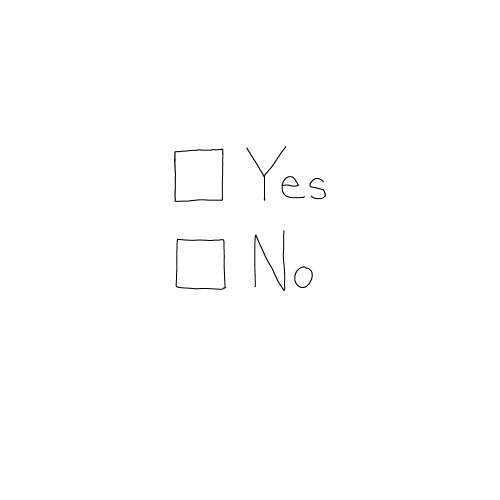
DO
Use a mix of instincts and data. You don’t have to gather data to start building product personas. You can start by sketching out what you think you know about your customers, and then test your hypotheses later with user surveys/interviews. In the earliest stages of product development, it’s more about just getting some ideas down.
Use data! Saying that…data is key! Make sure that before you actually start building anything that your product personas are data-driven.
Gather data in more than one way. We’re using user surveys here as our method for building personas, but the truth is that there are multiple mediums for gathering the data you require to create them. For a more accurate picture, try to use a variety of methods, like interviews and analyzing the data of your existing user base.
Get creative. Personas in product management are meant to be inspiring, and can be used as motivation for your team and other stakeholders. Don’t be afraid to let your artsy side show.
DON’T
Choose style over substance. While it’s fun to mess around in Figma creating gorgeous, colorful product personas, the information is far more important. If your persona documents are a simple Word file with no pictures, that’s OK too.
Work in isolation. As a Product Manager, you’re responsible for creating product personas. But that doesn’t mean you’re the only one with any valuable to contribute towards them. Your marketing and design teammates should also be competent in creating them and might have some insightful input.
Stick to one persona. Hopefully, more than one person is going to use your product. Try to create at least one persona for each of your user groups. For example, Airbnb might create personas for digital nomads, business people traveling for work, couples, and families going on holiday together.
Create a thousand personas. While it’s great to get really detailed with your personas, this doesn’t mean that you need to create one for every single actual user. If you’re a product built for everyone (rare, but go you!) stick with 4 or 5 ideal users who represent your most significant user segments. Imagine if Google created product personas for every single different type of person who uses the search bar.
The 4-Step Process
Step 1: Sketch out your assumptions and what you want to know
The first step in persona development is to consolidate what you already know about your users. This could be based on existing data if you’re working on a new feature for an existing product with an existing user base, or it might be entirely driven by assumptions. (Don’t worry, we’re about to get into the real data soon enough!)
You also need to figure out what information you need to gather when conducting user research.
Step 2: Set up your user survey
Build a list of questions based on the information you’re trying to gather. It’s essential to have a mix of both qualitative and quantitative data. These can be some general questions like:
Describe yourself in one sentence
Which of these features have you used in the past month?
Which activities consume most of your time?
How do you stay connected with your friends?
You can conduct your user surveys in a number of ways. You can create a landing page and send it out via email or social media campaign. You could also create a pop up on the most popular or relevant page of your website. Another option is to launch a beta version of your product or feature, and ask the exclusive beta users to fill out the survey in exchange for getting access.
Step 3: Analyze the data
If you’re competent in product data analysis, this is your time to shine. It can be a little intimidating to face what looks like a wall of data if you’re not that confident with analytics, but there are a couple of things that basically any Product Manager can do.
Organize by demographic: Start by segmenting your users by demographic. Are your users overwhelmingly in the same age bracket? If you have a diverse set of users, see if there is a correlation between demographic and behaviour.
Organize by usage: Some products will have hardcore users and ‘hobbyists.’ Segmenting your users can help to separate out the people who need your product every day, and those who just dip in and out.
Step 4: Create your personas
Once you’ve analyzed the data and have a clear picture of who your users are, it’s time to create your product personas. There are many design tools out there that you can find below to create your personas, like Figma, Sketch, or our free persona template.
You could also work with your design team to create more aesthetically pleasing personas or find a specialist on Dribbble – which doubles as a great place to find inspiration if you want a crack at designing your own.
And don’t forget, your Personas must be:
Relatable: You want your team to relate to the persona almost as if it is a person they know.
Concise: Put only those details relevant enough for your team to design and build features for the product.
Well-researched: Start with a blank slate, perform market research, float surveys, conduct interviews and validate them with your team.
Well-structured: Structure your findings to create a story. This will put the team and stakeholders in the user’s shoes.
Product Persona Examples
You could go for something bright but clean and professional, like this example from Ofer Ariel:
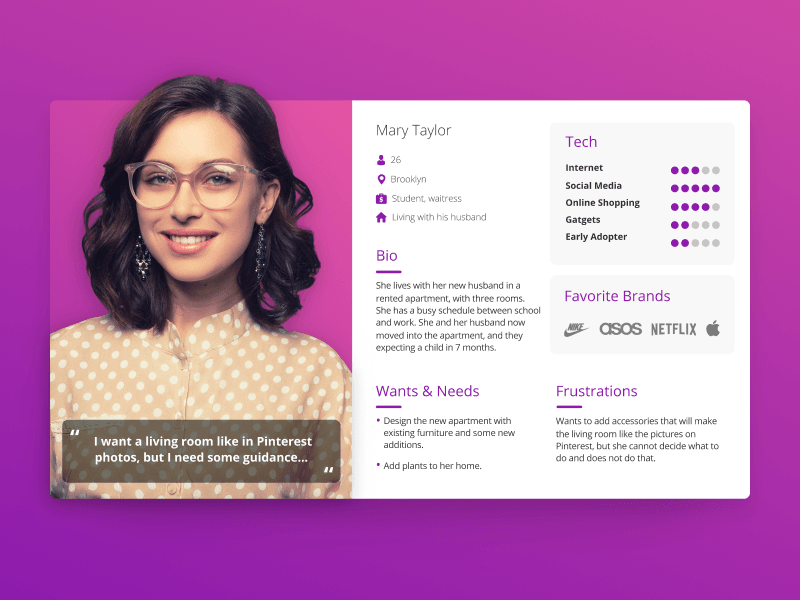
Or this creative use of calligraphy by Dani Guerrato:
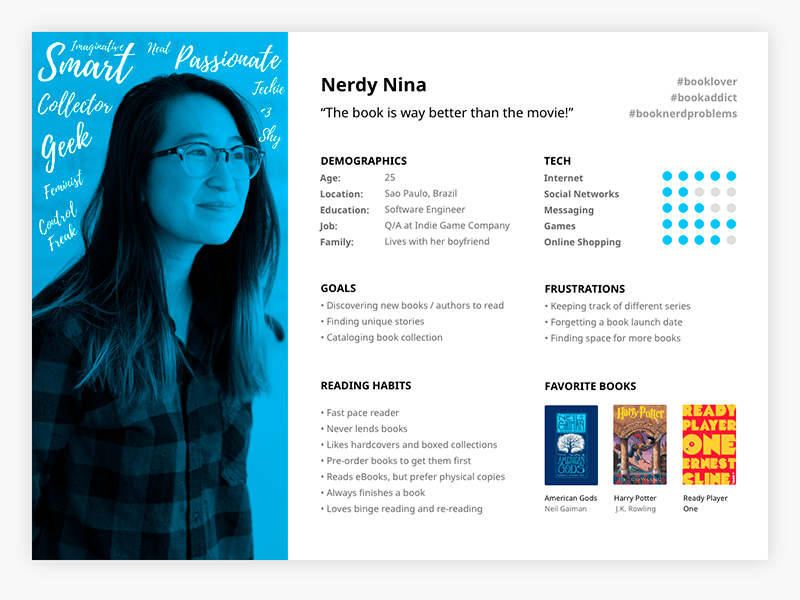
This persona card by Adam Kalin takes a storytelling approach:
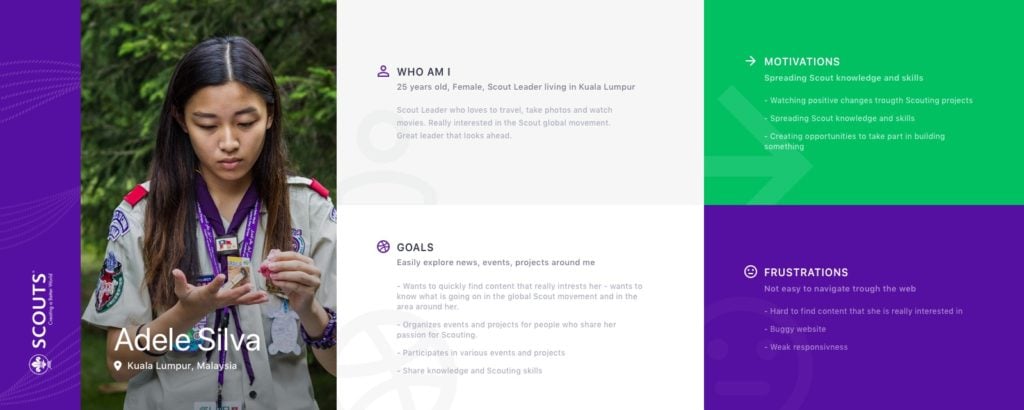
This design by Joseph Hren includes a series of sliding scales as a way of displaying information:
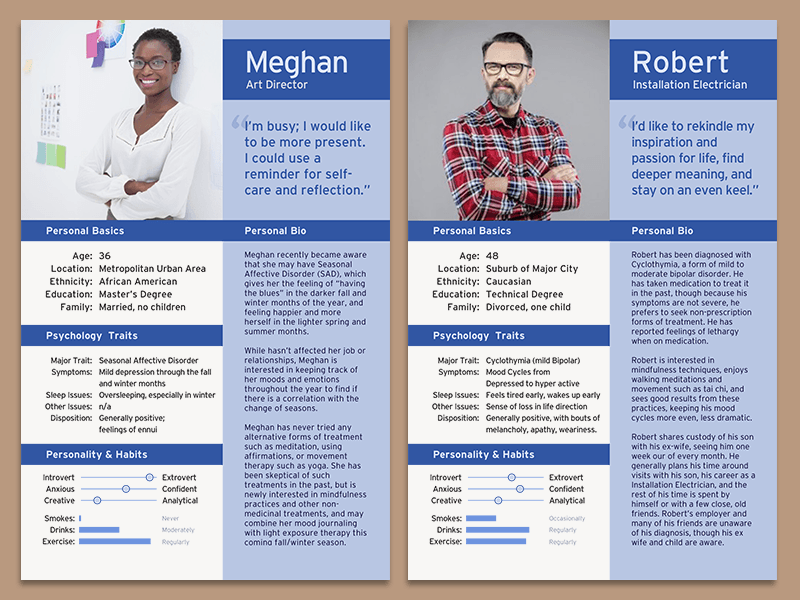
To choose what information to include in your product personas, think about what information teams need to know to build (what platforms they prefer, age bracket other brands they admire, usage data, etc) and what will make your users seem more human (name, hobbies, skills, personality traits, etc).
Free User Persona Template
Get to know your users to build the right solution for the right audience.
Get Yours Now
Key Takeaways for Creating Product Personas
Product personas inspire empathy and understanding for the user.
Use a mixture of qualitative data, quantitative data, and your own instincts.
Collaborate with your designers.
Be data-driven.
Choose substance over style…but don’t be afraid to get creative!
Updated: May 28, 2024




